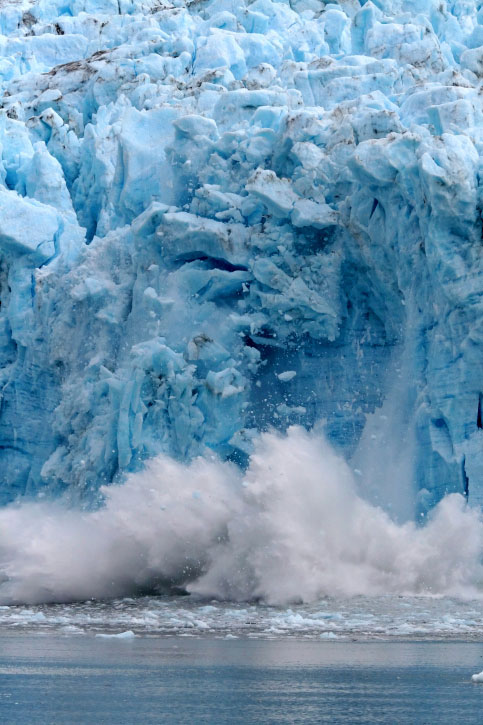 Welcome to the twelfth post in the Sustainable Energy without the Hot Air – A New Zealand Perspective series. We’ll be changing gears here from our previous posts on hydro power, geothermal and wind (and a summary on the big three), solar, biofuels, marine and waste energy. From here on out we’ll be attempting to answer the question:
Welcome to the twelfth post in the Sustainable Energy without the Hot Air – A New Zealand Perspective series. We’ll be changing gears here from our previous posts on hydro power, geothermal and wind (and a summary on the big three), solar, biofuels, marine and waste energy. From here on out we’ll be attempting to answer the question:
How can we achieve a BIG reduction in our personal and national energy consumption?
It’s a very important topic – and one prone to greenwashing and hype. Like McKay, we want to have informed discussion about the options available to us here in NZ, so we’ll be going through topic by topic and looking at energy use in each sector of our lives: transport, residential energy, the things we buy, and so on. We hope that you find it interesting and informative.
A few notes before we begin: as before, the units are in kWh/day/person – ie. if you ran a 40W lightbulb for 24 hours, it’d take ~1 kWh over the space of a day. We then divide it by person to give you a sense of the scale of the resource proportionate to the size of the population. Be sure to check out the methodology. For reference – we’re looking to replace around 55 kWh/d/p of energy currently generated by fossil fuels.
Planes
The 2.6kWh/d/p spend on aviation fuel, from the Energy Data File, is a very poor indicator of what New Zealanders actually spend on planes, because of airline fuelling regimes. For example, the return flight from London is included in the UK statistics. Data from the UN [o96d7t] and the International Civil Aviation Authority [8cc3859] gives an estimate of NZ passenger kilometres in 2004. Dividing by 2004 population converts to 18kWh/d/p using MacKay’s estimate for fuel use. This includes energy spent overseas, and is a better indicator of New Zealanders’ actual energy use on air travel.
Continue reading “Sustainable Energy NZ #12 – do Kiwis have to be flightless?”

 Welcome to the eleventh post in the Sustainable Energy without the Hot Air – A New Zealand Perspective series. After our previous posts on
Welcome to the eleventh post in the Sustainable Energy without the Hot Air – A New Zealand Perspective series. After our previous posts on 
 I hope the New Zealand Government feels shamed by the
I hope the New Zealand Government feels shamed by the  I liked the sub-heading to a Guardian article on Friday. “The theory that cutting carbon emissions costs us growth is bunk, in fact, it’s an economic opportunity.” The
I liked the sub-heading to a Guardian article on Friday. “The theory that cutting carbon emissions costs us growth is bunk, in fact, it’s an economic opportunity.” The